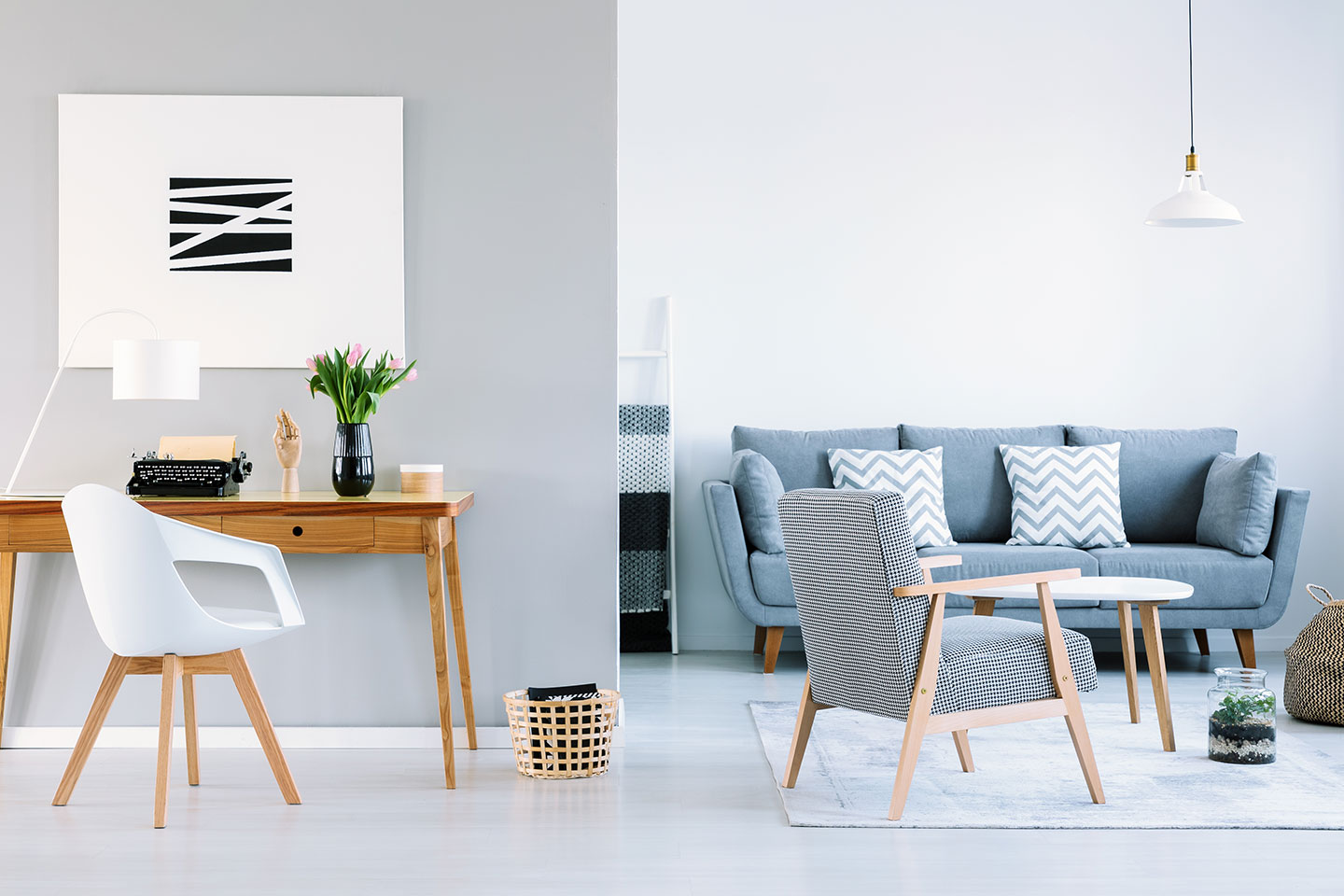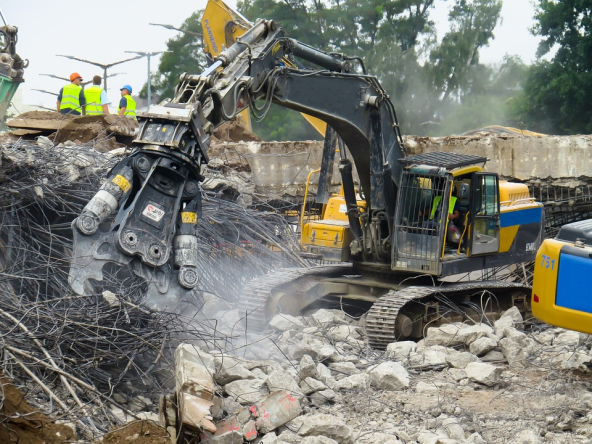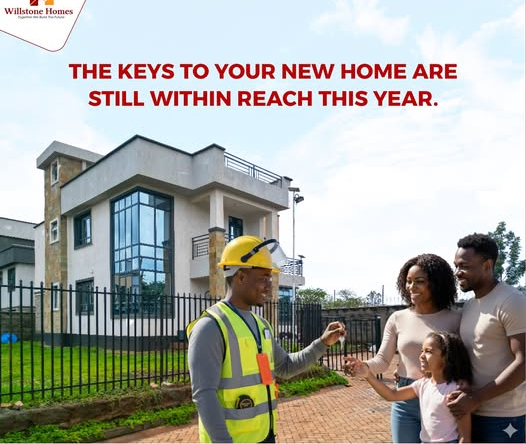Can You Still Build a Family Home in Nairobi for Under 4M?
For many aspiring homeowners in Kenya’s capital, the dream of building a house is often undercut by soaring costs. Yet, beneath the buzz of luxury apartments and gated suburbs, a quieter movement is gaining momentum—affordable home construction Nairobi. In satellite towns like Joska, Malaa, and Kamakis, clusters of micro-estates are proving that it’s still possible to build a decent family home for under KSh 4 million. The catch? You have to know where to look—and what to compromise on.
The Rise of Satellite Micro-Estates
The outskirts of Nairobi have long been the refuge of budget-conscious homebuilders. But what’s new is the coordinated rise of low-cost, semi-planned housing communities. These aren’t just raw plots; they come with graded roads, communal boreholes, and estate fencing. In Joska and Malaa, for instance, developers are offering plots with ready titles and flexible payment plans that make it easier to transition from tenant to homeowner.
What makes these micro-estates unique is that they target individuals ready to build incrementally. You may start with a basic two-bedroom unit and expand later. This phased approach aligns with real income realities, allowing families to build as they grow, rather than take on unsustainable debt.
Read Also: The Kamulu Real Estate Market
The Numbers: Breaking Down a Sub-4M Build
Constructing a family home for under KSh 4 million is no easy feat, especially with rising material costs. But it’s far from impossible in the affordable home construction Nairobi market.
Here’s a rough breakdown:
- Land: KSh 500,000 – KSh 1,000,000 (depending on location and amenities)
- Foundation & Walls: KSh 600,000 – KSh 800,000
- Roofing: KSh 400,000 – KSh 600,000
- Plumbing & Electrical: KSh 250,000 – KSh 350,000
- Windows, Doors & Finishes: KSh 500,000 – KSh 700,000
- Labor & Approvals: KSh 300,000 – KSh 500,000
In total, you can build a basic but decent 3-bedroom bungalow on a 50×100 plot for around KSh 3.5M to KSh 4M. Key to keeping costs low is avoiding complex designs and opting for locally available materials.
Why It’s Working in Places Like Joska, Malaa, and Kamakis
Each of these satellite zones offers a unique advantage:
- Joska: Close proximity to Kangundo Road and a growing number of SACCO-funded developments.
- Malaa: Still has relatively cheap land and a growing network of estate infrastructure.
- Kamakis: Slightly pricier, but benefits from good road access and emerging middle-class estates.
All three areas benefit from increasing investment in infrastructure development, from water lines to feeder roads. Moreover, local hardware stores and labor pools help keep construction costs in check, avoiding the premiums found in inner-city projects.
Read Also: Thika Road Housing Trends: Why Mini-CBDs Are Reshaping Suburban Nairobi
The Quiet Revolution: Value-Driven Housing
What sets the affordable home construction Nairobi trend apart is its sustainability. Families aren’t just buying homes—they’re building lives. The micro-estate model fosters community living while encouraging incremental development. It also minimizes the need for bank loans, reducing the risk of foreclosure and financial stress.
And while such homes may lack the high-end polish of city apartments, they offer space, autonomy, and long-term security. It’s an increasingly appealing trade-off for Nairobians weary of renting.
Risks and Realities
Of course, this path isn’t without challenges. Title deed integrity, zoning limitations, and the lack of centralized sewerage systems can be a headache. But most of these risks can be managed through proper due diligence. Developers in Joska and Malaa are now offering legal support and construction management as part of their packages, bridging the gap between plot selling and home ownership.
Additionally, buyers need to be cautious of “ghost” developers and too-good-to-be-true deals. As always, verifying paperwork and physically inspecting sites remains essential.
The Long Game: Real Estate as a Living Asset
More than just bricks and mortar, the affordable home construction Nairobi movement is about redefining urban expansion. It shifts focus from speculative buying to real, user-driven development. As more families seek stability outside congested estates, satellite micro-estates are quietly shaping Nairobi’s next housing frontier.
These homes may not feature in glossy brochures, but they’re solving a real problem—providing quality shelter within reach. As developers respond with innovative payment plans, modular designs, and community-centered planning, the dream of owning a family home for under 4M remains very much alive.
The affordable home construction Nairobi trend shows no signs of slowing down. In fact, as urban land prices continue to soar, the outskirts are becoming a beacon of hope for middle-income earners.
Joska, Malaa, and Kamakis may not be headline-grabbers, but they’re hosting a quiet revolution in accessible housing. For anyone serious about building—not just investing—these micro-estates represent Nairobi’s most promising path to affordable homeownership.



